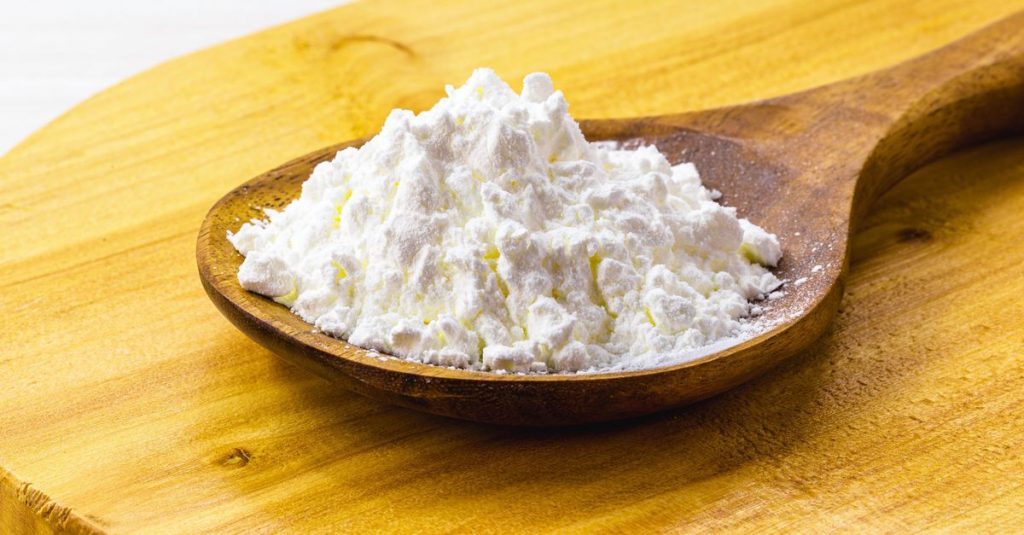In the future, should we eat starch from the lab instead of plants? If it’s up to the biochemists from Tianjin Institute of Biotechnology (China), yes. They have developed a method for producing synthetic starch from carbon monoxide2 and hydrogen. In this way, they produce starch 8.5 times faster than corn naturally. present their results them on this Thursday Science.
Starch is a carbohydrate. It is a biopolymer (polysaccharide) consisting of chains of amylose and amylopectin, which are broken down into glucose in the body. Important sources of starch include potatoes, grains (including corn), rice, and legumes.
Make your own starch
Food technologists increase the starch content of crops through reproduction or genetic modification. But researchers from Tianjin want to skip the plant and make their own starch in the lab, because they find natural production too inefficient. The natural production of starch by plants is the result of billions of years of natural selection, which has made processes too complex to improve. For example, starch production in green plants sometimes consists of up to 60 reaction steps. Starch production is further limited because photosynthesis, which converts sunlight into usable energy, is inefficient.
Read also: This piece about the inefficiency of photosynthesis
Chinese biotechnologists have approached starch synthesis as a programming task. They split the process into four different sub-processes (modules), resulting in an increasingly larger and more complex carbon complex. In these steps, CO . is2 Converted to starch by methanol or formic acid. Researchers use solar energy as an energy source, just like plants.
Using a computer database containing thousands of chemical reactions, the researchers designed eleven different production units for four processes. So sub-processes can be done in different ways. They used 62 different enzymes from 31 organisms to make the reactions possible. They choose the best combinations of units and test them in the lab. Not every combination of units worked, and sometimes different enzymes conflicted with each other.
ten reactions
Ultimately, the researchers chose a route in which methanol is converted to starch through ten reactions. The rate of the process is expressed as the amount of carbon that is converted to starch per minute, divided by the total amount of enzymes required for the process. In this synthetic process, the speed is 8.5 times faster than the speed of the atom. It also uses solar energy 3.5 times more efficiently than a plant.
Synthetic starch is not yet suitable for industrial scale production, Yanhee Ma, co-author of the study, says via email: “The produced starch is identical in molecular structure to natural starch from plants, so it is safe to eat. We have now demonstrated this production potential in the laboratory, but Due to the high price, it will not be available to consumers at the moment.However, I believe we will be able to use CO2 in the future2Emissions will eat a lot of artificial foods, just as cultured meat is already on the rise.”
Luisa Trindade, a professor of plant breeding at Wageningen University who is not involved in the research, is excited: “For me as a plant geneticist, this is an interesting study that provides insight into the way starch is produced in a plant.” According to her, not much can be said about the future prospects of synthetic foods: “The future relationship between organic and synthetic foods depends on three factors: raw materials for production, environmental impact and cost.”
A version of this article also appeared on NRC on the morning of September 24, 2021

“Total coffee specialist. Hardcore reader. Incurable music scholar. Web guru. Freelance troublemaker. Problem solver. Travel trailblazer.”








More Stories
GALA lacks a chapter on e-health
Weird beer can taste really good.
Planets contain much more water than previously thought